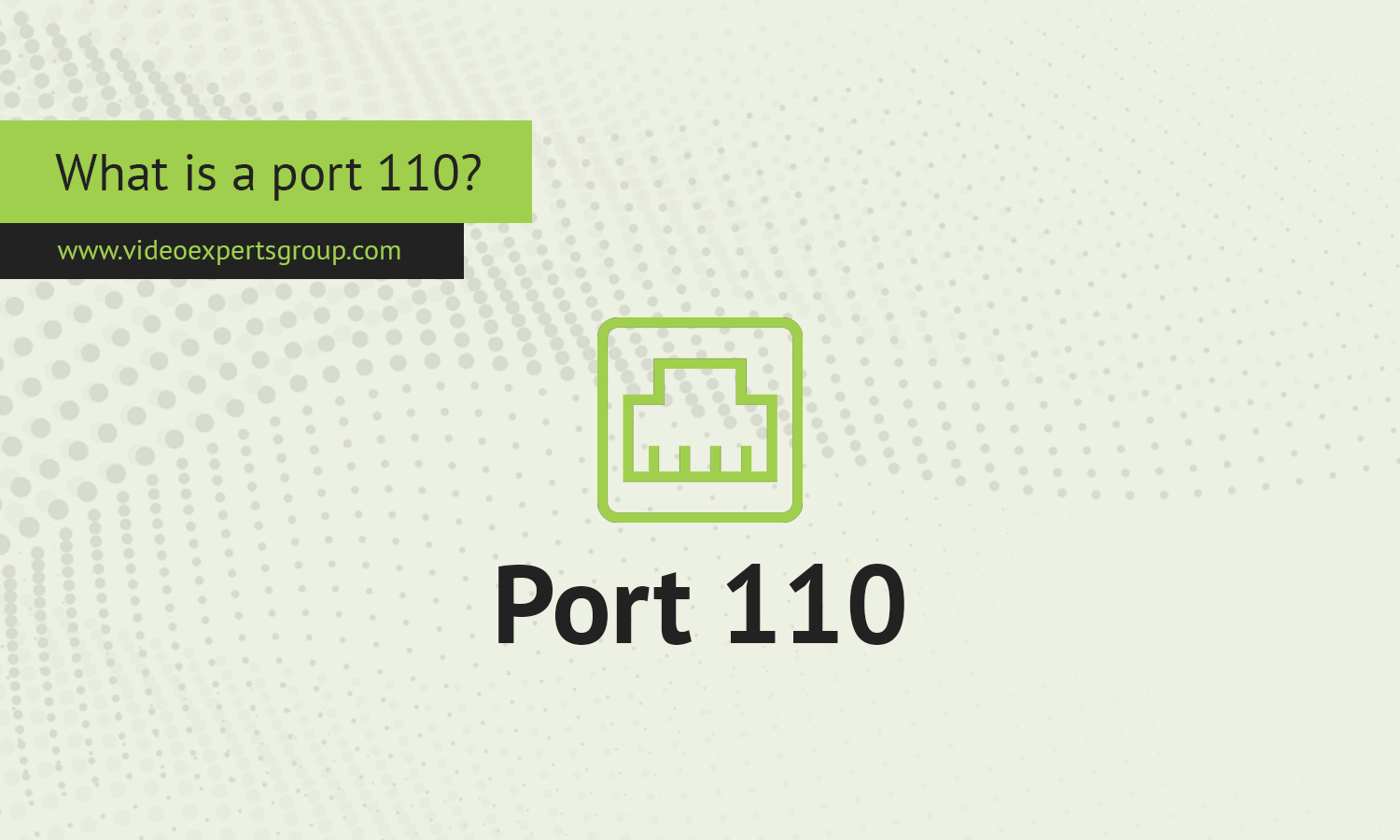Each port is associated with a specific protocol or service, helping computers distinguish between different types of traffic. Among these, Port 110 holds particular significance due to its association with a commonly used email protocol.
Meaning
Port 110 is primarily associated with the Post Office Protocol version 3 (POP3). POP3 is one of the standard protocols used by email clients to retrieve messages from a mail server. When an email client, like Outlook or Thunderbird, connects to a mail server to download emails, it often does so via Port 110 if the connection is not encrypted.
POP3 was developed to facilitate the process of retrieving and managing emails from a remote server. Unlike more modern protocols that allow for messages to be managed on the server itself, POP3 is designed to download emails directly to the client’s device, where they are stored and managed locally.
What is Port 110 Used For?
Port 110 is primarily used for:
-
Retrieving Emails: When you use an email client to check your emails, the client often connects to the mail server through Port 110 to download new messages. Once downloaded, these emails are typically deleted from the server unless the client is configured to leave a copy.
-
Simple Mail Access: Port 110 facilitates a straightforward way for users to access their emails without needing complex configurations. It is widely supported across various email clients and servers, making it a go-to option for basic email retrieval.
-
Unencrypted Communication: By default, Port 110 operates without encryption, meaning data transmitted between the email client and server is not protected from interception. This simplicity is both an advantage and a drawback, as it makes the setup easy but leaves the communication vulnerable to threats.
Vulnerabilities
While Port 110 serves a crucial role in email communication, it is also associated with several vulnerabilities, mainly due to its lack of encryption:
-
Man-in-the-Middle Attacks: Since communication over Port 110 is unencrypted, attackers can easily intercept the data being transmitted between the email client and server. This type of attack, known as a man-in-the-middle (MITM) attack, allows hackers to capture sensitive information such as usernames, passwords, and email content.
-
Data Leakage: Emails downloaded over Port 110 are transmitted in plain text, meaning any third party monitoring the network traffic can potentially read the contents of these emails. This makes Port 110 unsuitable for transmitting sensitive information without additional security measures.
-
Spoofing and Phishing: Attackers can exploit the unencrypted nature of Port 110 to send spoofed emails that appear legitimate. This can lead to phishing attacks where users are tricked into providing sensitive information, such as login credentials or financial details.
-
Obsolescence: With the growing emphasis on secure communications, many organizations and service providers are moving away from using Port 110 in favor of encrypted alternatives like POP3S, which uses Port 995 and secures the connection with SSL/TLS. As a result, the continued use of Port 110 can pose a security risk, especially in environments where sensitive information is transmitted.
Port 110 plays a vital role in the functioning of POP3, one of the oldest and most widely used email retrieval protocols. However, due to its lack of encryption, it comes with significant security risks that make it less suitable for modern, security-conscious environments. As technology evolves, the use of more secure alternatives is encouraged to ensure the safety and privacy of email communications.
















